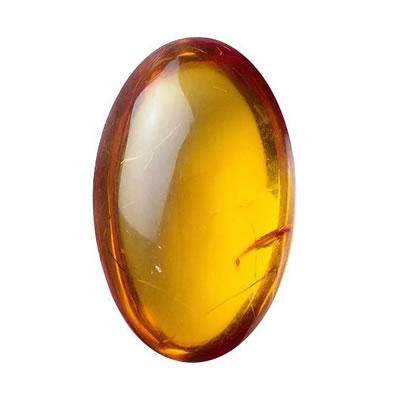Citrine

Citrine jewelry
Etymology and history
The name of Citrine is derived from Latin citrina which means "yellow" and is also the origin of the word "citron." Sometimes citrine and amethyst can be found together in the same crystal and is referred to as ametrine. Citrine is one of three traditional birthstones for the month of November.
Citrine description
Citrine is a variety of quartz whose color ranges from a pale yellow to brown. Natural citrines are rare; most commercial citrines are heat-treated amethysts or smoky quartzes. It is nearly impossible to tell cut citrine from yellow topaz visibly, but they differ in hardness. Citrine has ferric impurities, and is rarely found naturally. Citrine is named from its lemon color, which owes to the presence of iron atoms. Most of the lemon gets the right color in the process of heating to 470 - 560°C 560 ° C. Natural, not heated lemons are usually pale yellow color, and when heated becoming reddish tint. The most beautiful lemons are faceted and used as the stones for rings and pendants. Citrine is sometimes called Madeira topaz, topaz gold or Czech topaz, however, such naming is unauthorized and confusing.
Citrine jewelry
Citrine, a lemon yellow color to brandy color stone has been used in jewelry and astrology for centuries. Both as faceted stone and cabochons, it recalls the beauty of the sun and fascinates its wearer. Citrine has been known as the "gold topaz" and remains the birthstone of November.
Occurrence
Crystals from which the citrine, there are in Madagascar, Brazil, USA (Colorado), Burma, Spain, Namibia, Scotland and Russia. Most of the citrine in the marketplace is extracted as amethysts or smoky quartz, which are in the process of heat gain golden color. Natural citrines come from Brazil. The best quality comes from the Brazilian state of Rio Grande do Sul, particularly from the Serra mine, and Ira. Citrine from Montezuma in Brazil when heated, they become green, the color is similar to beryllium.
Talk to Our Jewelry Experts
Monday to Friday from 9AM to 5PM EST













